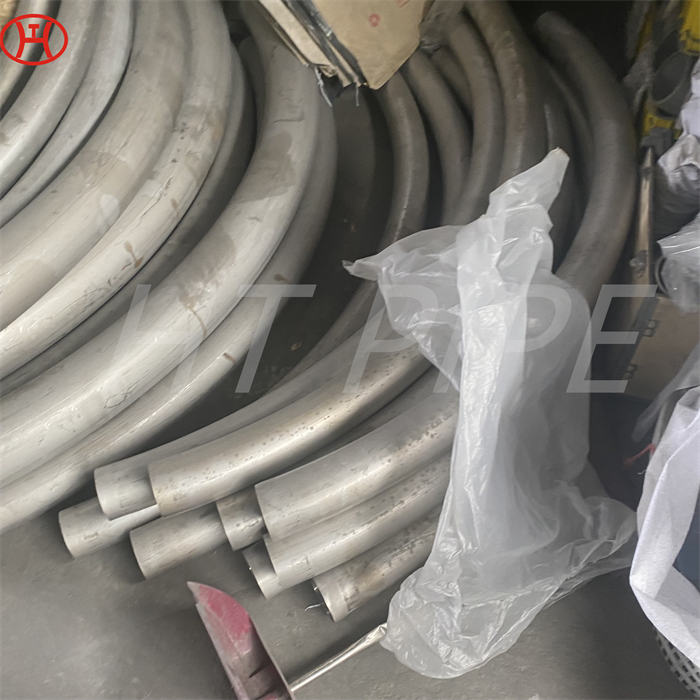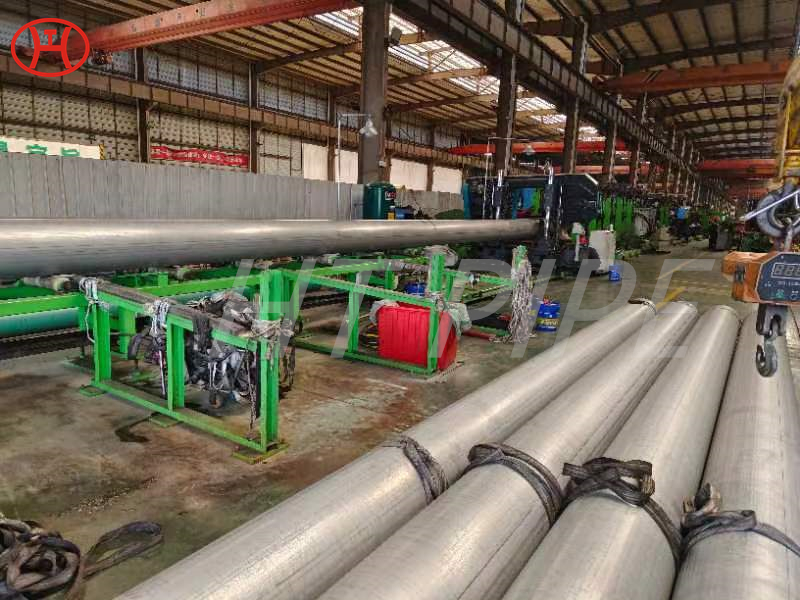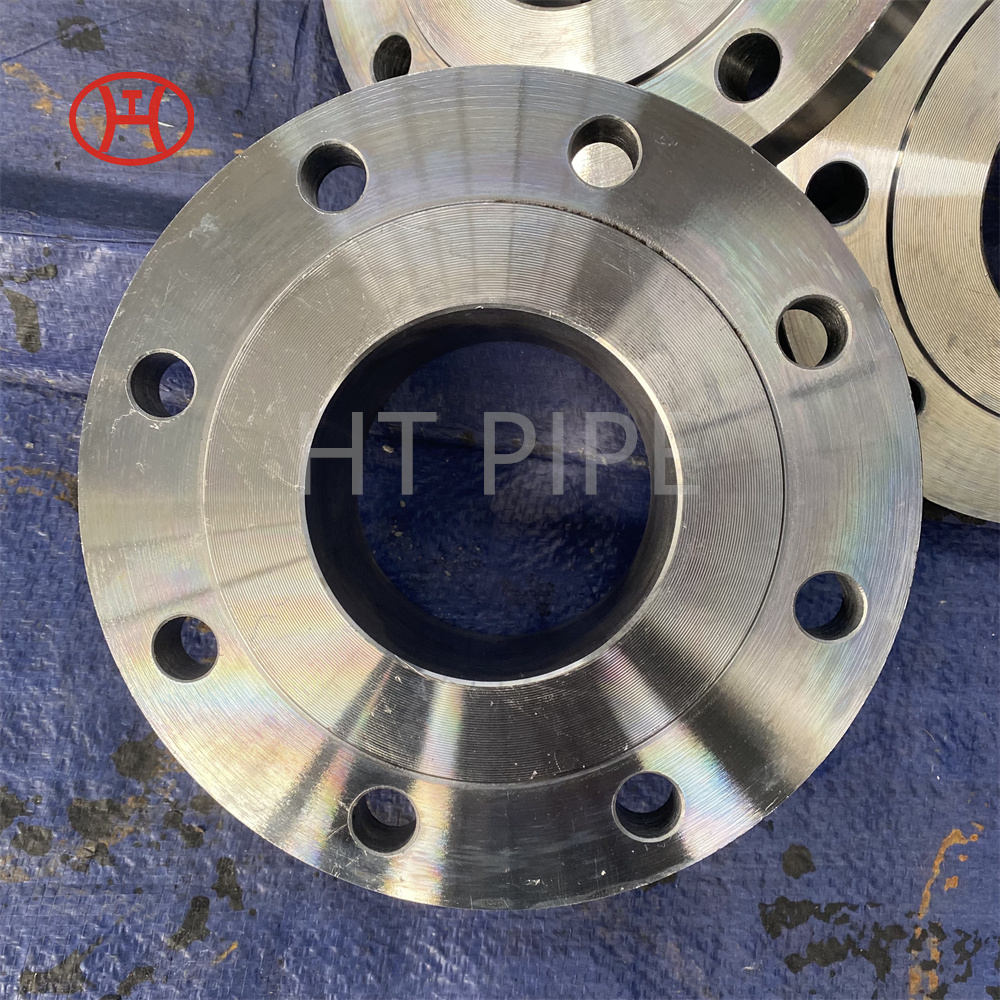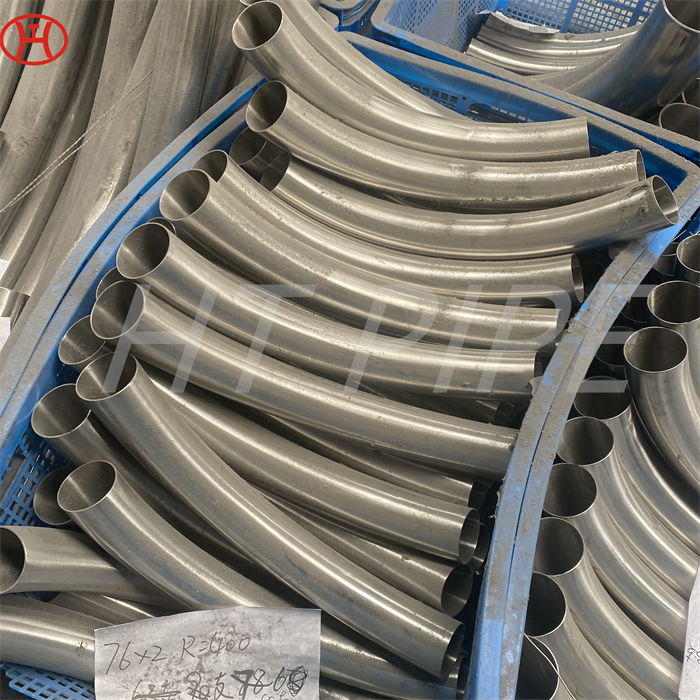hastelloy c276 N10276 propiedades tubo y tuberia
HASTELLOY C-276 alloy has excellent resistance to a variety of chemical process environments, including strong oxidizing agents such as ferric and copper chlorides, hot fouling media (organic and inorganic), chlorine, formic and acetic acids, acetic anhydride, and Seawater and brine solutions. It can be used in flue gas desulfurization systems due to its excellent resistance to sulfur compounds and chloride ions in most scrubbers.
Alloy C-276 has excellent resistance to pitting and stress corrosion cracking. It is also one of the few materials that can withstand the corrosive effects of wet chlorine, hypochlorite and chlorine dioxide. Hastelloy tube suppliers and Hastelloy C276 thin-walled tubes typically find applications including marine, aerospace businesses, chemical processing, nuclear reactors, pollution control hardware, and more. Most of our alloy C276 pipes are produced by our professional workers, we have our high work impact external communication team, you can absolutely trust our management. These Alloy C276 pipes are generally consistent and weight-assessed to maintain a strategic distance from spills since most of them carry fluids or gases.









































